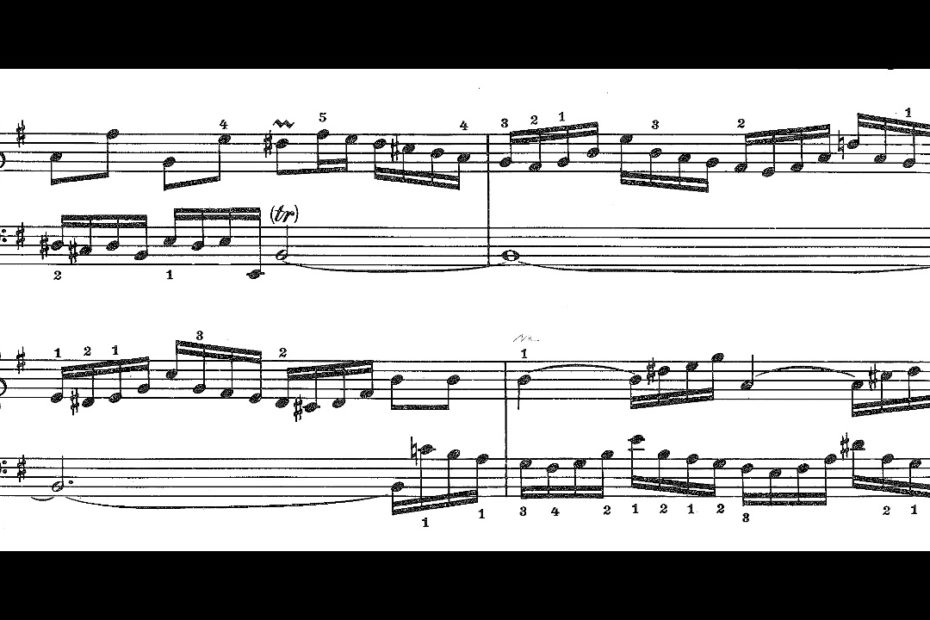Bach’s 15 inventions are in the Klavierbüchlein, the exercise book that Bach compiled around 1720 for his eldest son, Wilhelm Friedemann. Three years later, he further underlined his didactic aim: the pupil was to practice two-part playing, learn how to deal with musical ideas and get a taste of composition. The 15 inventions were therefore the first step in Bach’s teaching method for keyboard. The 15 inventions are followed in the Klavierbüchlein by the French and English Suites, and the collection concludes with Das Wohltemperirte Clavier.
The 15 inventions are dominated by imitation, as is to be expected in two-part Baroque music. After all, two-part texture is the simplest form of counterpoint. Bach went on to structure his method with care. In the exercise book for Wilhelm Friedemann, he organised the inventions by theme: the first three (numbers 1, 4 and 7) are based on scales, and the next three (numbers 8, 10 and 11) on broken chords, followed by a combination of both in Invention no. 14, which is almost a fugue in form.
The order in Bach’s later, definitive manuscript from 1723, however, corresponds to the system of the keyboard. Just as later on, in Das Wohltemperirte Clavier, the order is chromatic, alternating between major and minor. Bach did, however, leave out the most difficult keys with lots of sharps or flats. Beginners on the keyboard only got those keys dished up later on.
Source: https://www.bachvereniging.nl/en/bwv/bwv-772-786/
No.1 00:00
No.2 1:12
No.3 2:55
No.4 3:59
No.5 4:49
No.6 6:20
No.7 9:59
No.8 11:13
No.9 12:00
No.10: 14:10
No.11 14:59
No.12 16:36
No. 13 17:49
No.14 19:03
No.15 20:26




